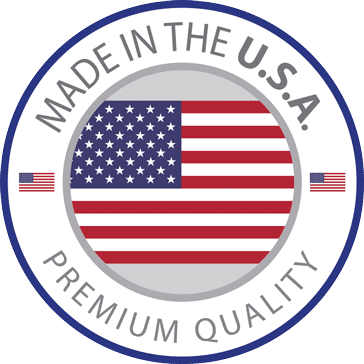IPS Empress®
20 years of clinical experience with leucite glass-ceramic inspire confidence. Trust the esthetic IPS Empress® System, which has been tried and tested for many years.
About IPS Empress®
The highly innovative processing technology for non-metal ceramic offered by IPS Empress® is creating new potential for producing natural-looking restorations. A. Wohlwend at the University of Zurich further developed the idea of moulding heated ceramic to reproduce accurate ceramic copies of wax models.
How It's Made: Method
Possibly lithium disilicate is indicated for inlays, onlays, thin veneers, veneers, partial crowns, anterior and posterior crowns, 3-unit anterior bridges, 3-unit premolar bridges, telescope primary crowns, and implant superstructures. When minimal tooth preparation is desired (e.g., thin veneers), the IPS e.max lithium disilicate can be pressed to just 0.3 mm while ensuring strength of 400 MPa. When sufficient space is available (e.g., retrusion of a tooth), the teeth do not need preparation.
How It's Made: Material
The ceramic is based on glass that contains latent nucleating agents.
In a process comprising several stages, controlled crystallization is used to produce leucite crystals, measuring a few microns, in the glass matrix.
The semi-finished product or leucite-reinforced ceramic powder is pressed into ingots and sintered. These ingots are the basic components from which dental technicians press restorations.
The constant high quality of the ceramic ingots ensures the accurate reproduction of the physical values of the restorations.
Advantages
- Outstanding Esthetics
- Excellent fit because of new thermoplastic processing
- Very strong crown, veneers, and inlays/onlays
- Biocompatible ceramic material
- IPS Empress® ceramic wears almost like tooth enamel
Shade Determination
Personalized shade reproduction with the Ivoclar Chromascop universal shade guide for virtually unlimited creative freedom in fabricating restorations.
High degree of accuracy in shade reproduction as the die material is coordinated with the dentin color. This helps determine the dentin shade to avoid shade discrepancies once the restoration is seated.
The logical order and chromatically arranged shade groups of the Chromascop universal shade guide facilitate accurate shade selection. Furthermore, the technician may establish a basis for the reproduction of the tooth shade by selecting the dentin shade of the prepared tooth with the help of the IPS Die Material Shade Selector.
IPS Empress® Esthetic Preparation
Click here to view the IPS Empress® Esthetic chairside preparation guide.
ADA Insurance Codes
Single Unit: D2740
Bridge Abutment: D6740
Bridge Pontic: D6245
Veneer: D2962

